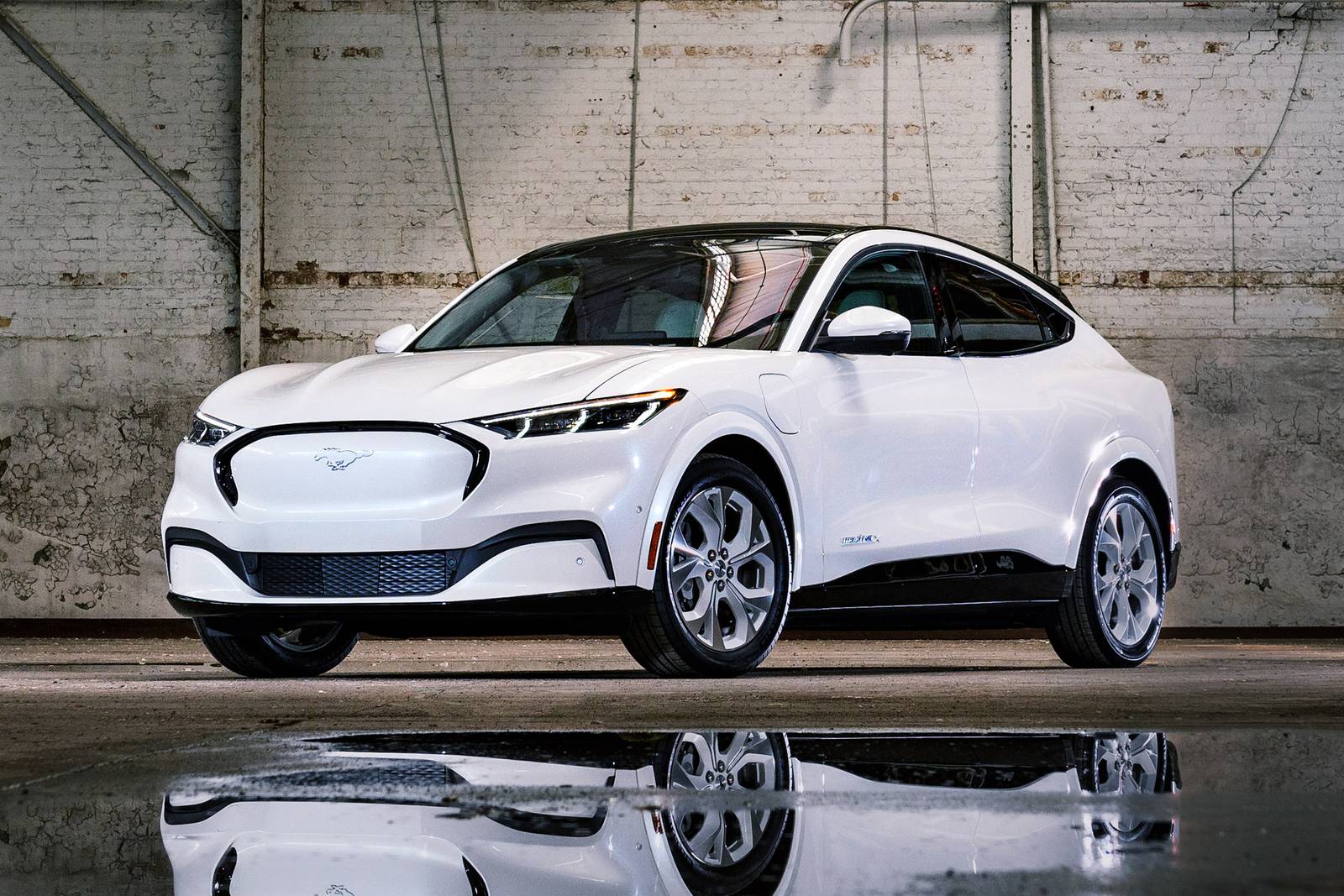Summary
- The Ford Mach-E enjoyed a couple of years of strong sales as a newcomer to the EV SUV market
- 2023 saw Mach-E sales stall out, only gaining 3.3% YOY against 2022 sales
- A combination of the Tesla Model Y slashing its price by nearly 1/3, as well as more and more EV SUVs coming to market are giving customers more options
- Ford has slashed between 10% to 14% off of the prices of the Mach-E across all trim levels to drive up sales, as well as is offering an unprecedented 0% lease or 0% financing OAC
- We think that Ford has reacted just in time, but the truth of the matter is that the EV SUV market will be saturated soon, and only time will tell if Ford reacted quickly enough to save Mach-E sales.
Ford’s Mustang Mach-E, their first all-electric SUV, entered the market with significant expectations and hype in 2021. For a company that is used to massive sales success, they aimed to match or defeat other EV makers such as Tesla and Porsche in terms of sales, performance, and overall utility.
The Mach-E moved 27,140 US units in 2021, and then 39,458 in 2022, a year to year gain of just over 45.6%. However, for 2023, the Mach E only moved 40,771 units, a net YOY gain of barely 3.3%. Effectively, the projected sales rise has stalled out. Using available data, we will analyze what has caused this, and what Ford is doing about it.
No Subscription? You’re missing out
Get immediate ad-free access to all our premium content.
Get Started

